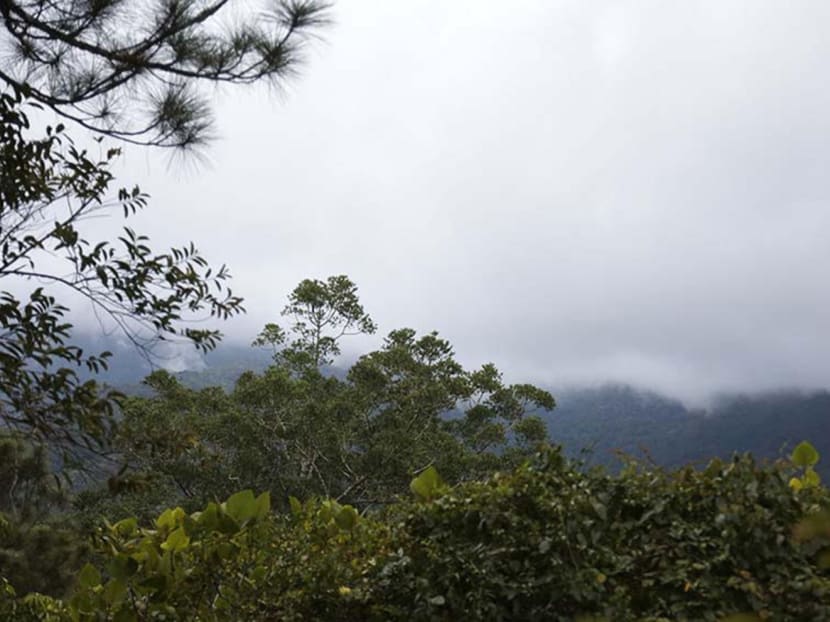Similar quake ‘may hit Sabah within 30 years’
SINGAPORE — Based on historical evidence, there could be a repeat of Friday’s 6.0-magnitude earthquake in Sabah within the next three decades, estimates Professor Kerry Sieh, director of the Earth Observatory of Singapore (EOS) at Nanyang Technological University.
SINGAPORE — Based on historical evidence, there could be a repeat of Friday’s 6.0-magnitude earthquake in Sabah within the next three decades, estimates Professor Kerry Sieh, director of the Earth Observatory of Singapore (EOS) at Nanyang Technological University.
In the past century, the eastern Malaysian state has suffered three quakes greater than last Friday’s. In 1923 and 1976, about 100km to the south-east, Sabah was rocked by earthquakes with a magnitude of 6.3 and 6.2, respectively.
In 1951, a 6.1-magnitude temblor believed to be sharing the same fault as last week’s natural disaster struck 50km to the north.
In comparison, Indonesia’s Sumatra island has had more than 100 earthquakes with a magnitude of 6 or greater in the past 15 years.
“If you take all of Sabah, you had four of these ranging from 6.0 to 6.3 ... That’s roughly every 25 to 30 years,” said Prof Sieh. He added, however, that this is the first time a quake this large has occurred near Mount Kinabalu, according to past data.
Another EOS scientist, Assistant Professor Judith Hubbard, noted that two smaller earthquakes with a magnitude of 5.1 and 5.3 struck close to the mountain in 1991.
Despite Sabah lying outside the Ring of Fire, which is the seismic activity zone running along the basin of the Pacific Ocean, smaller earthquakes are a regular occurrence — almost yearly — she said.
Assistant Professor Chew Soon Hoe, of the National University of Singapore’s Department of Civil and Environmental Engineering, added: “It’s not quite true to say that just because you’re outside the Ring of Fire, you’re safe. Sabah has known faults that have produced earthquakes before.”
The epicentre of the recent quake is sited 19km from Ranau town and 54km from state capital Kota Kinabalu. Seismic recordings showed that the disaster was caused by a sudden slip (how much a plate has moved in relation to another) along a 10km fault, which happened about 10km beneath the earth’s surface, south of Mount Kinabalu.
The fault belongs to a network of faults that spans nearly 200km from north-east to south-west across this part of Sabah. The 1951 earthquake might have occurred in the network’s northern portion, said scientists at the observatory.
It might be challenging, however, to calculate when the next one might hit the state. “To forecast earthquakes we need to collect as much information as possible on where the faults are, past events and how the faults are behaving now,” said Assistant Professor Emma Hill, also from the observatory.
“We can do that using a combination of geology and measurements of how the Earth’s crust is deforming.”
Scientists suspect the earth’s crust around the fault stretches at a rate of about 1mm each year. During last week’s quake, the crust stretched nearly a metre.
Using this formula, Prof Sieh estimates that the next time an earthquake of this scale would occur near Mount Kinabalu is hundreds of years later. VALERIE KOH







